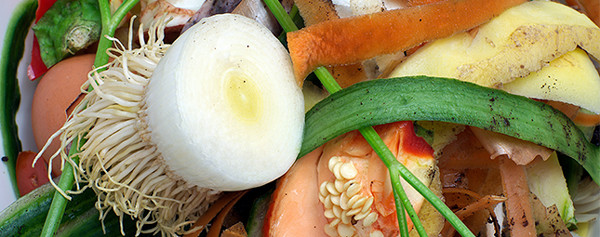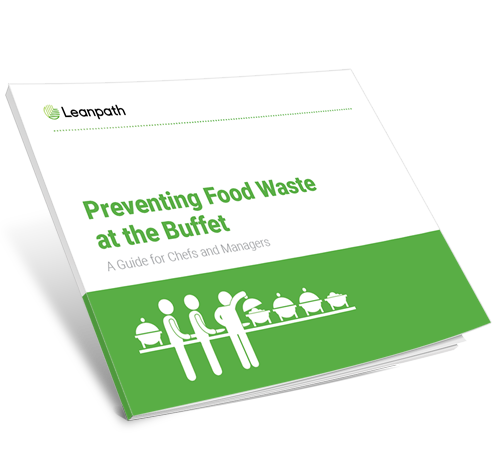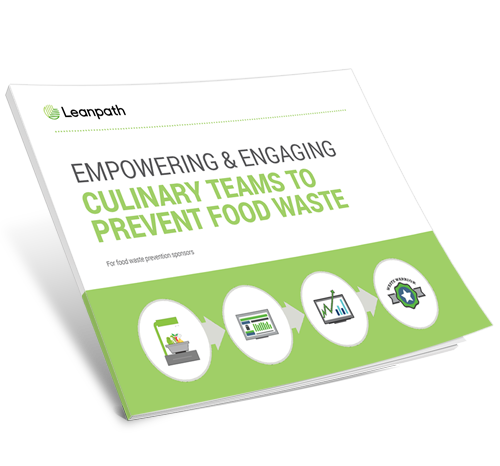How to repurpose some of the most commonly wasted foods

In my years coaching chefs on how to prevent food waste, again and again I see three food items being wasted when they should have been repurposed.
A lot of chefs just aren’t sure what to do with them.
The big three are vegetable trim (broccoli stems, cauliflower cores, carrot peels, onions skins, etc.), fruits (whole and trim), and starches (rice, beans, potatoes, grains). It’s probably not a coincidence that none of these are high-priced proteins, which can sometimes be the only focus of a kitchen’s food waste prevention effort. To prevent trim waste before it happens, consider a knife skills refresher course, and once you improve those skills, turn to repurposing.
Repurposing is key to cutting the financial cost of food waste - labor cost - and inventory loss caused by food waste. Here’s how to tackle the big three by putting them to use instead of putting them in the bin.
Vegetable trim
- Stocks. Depending on the flavor profile you are looking for in the finished stock, you should be able to utilize most vegetable trim waste. The best vegetable trim to use for stocks are onions, carrots, celery, bell peppers, mushrooms, and tomato.
- Pickled or fermented items. A great way to utilize trimmings from veggies. Use these pickled or fermented items as sides or accompaniments for main courses. The best vegetable trim to use for these preparations are broccoli stems, cauliflower cores, leek hearts, or any other firm-fleshed vegetables.
- Dehydrate. Drying out vegetable trim is a great way to utilized these items. Dehydrating will allow you to utilize vegetable trim in the form of powders to be added to a variety of items.
Fruits (whole or trim):
- Smoothies. This seems to be the go-to that most chefs have. But what if there is no place on your menu for that? Try these:
- Jams/Jellies/Preserves. A great way to take some fruit that is either undesirable to serve or if you have a good amount of trim.
- Chutney. Another good way to utilize fruit trim and depending on what type of fruit you have you might be able to come up with some funky flavors.
- Desserts/Ice Creams. Who doesn’t love fruit in their desserts?
- Chilled Soups. Great for that summertime use of fruit trim.
- Spa Waters. Use fruit trim to flavor distilled water to refresh the palate.
Starch trim:
- Desserts. Utilize in a rice pudding, a sweet potato pie, or a puree to add to baked goods.
- Sides. Transform a starchy side into another side dish such as a hash or a griddle cake.
- Soups/Sauces/Purees. Utilize these items to add to a new main dish on the menu.
- Breakfast. Repurpose starches in a breakfast burrito, a hash, or a base for prepared eggs.
Just because a food has a lower financial value, doesn’t mean you should just toss it. These items can add value to your menu, lower purchasing costs, and help the chef be creative in the kitchen, increasing staff engagement and excitement for food waste prevention.
Download these guides and get started
on your food waste prevention journey today!
 Preventing Food Waste at the Buffet: A Guide for Chefs & Managers |
 Empowering & Engaging Culinary Teams to Prevent Food Waste |
